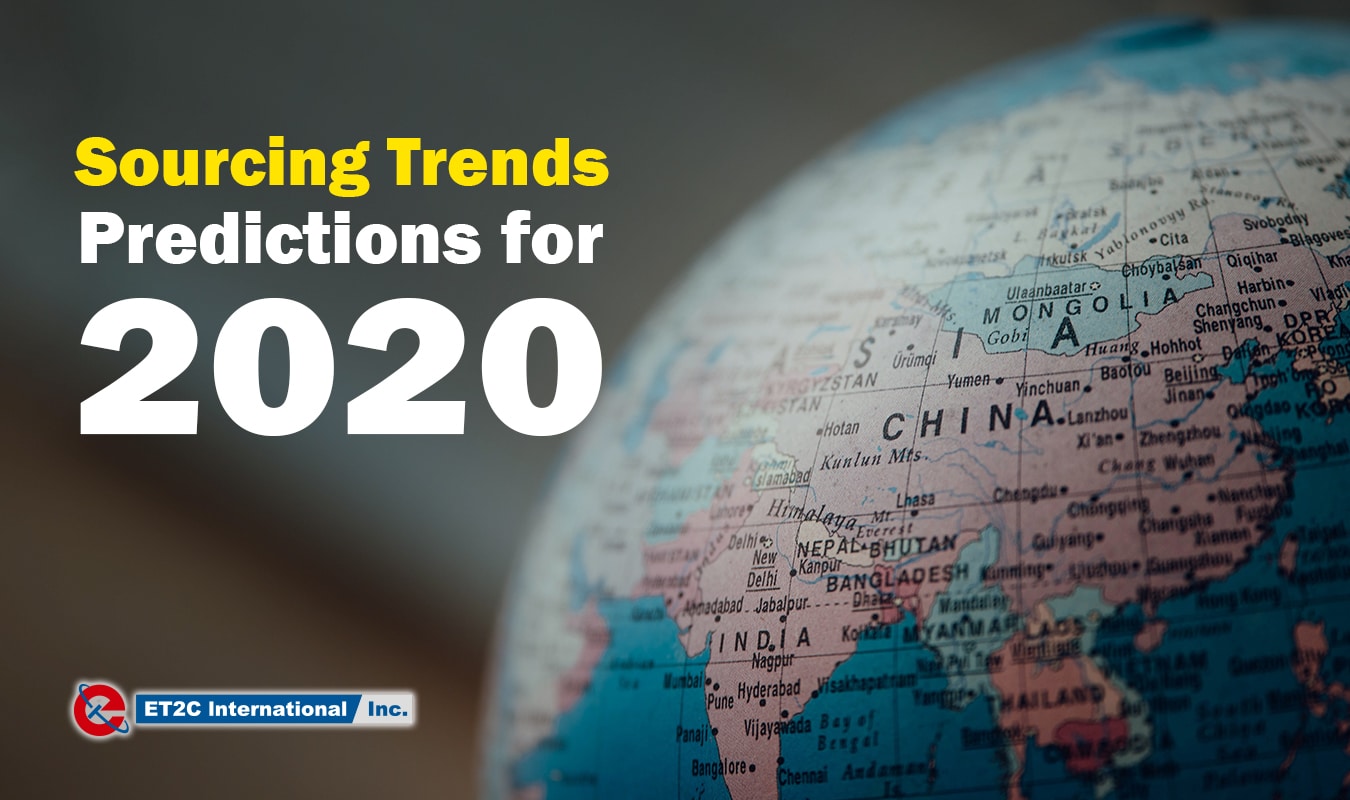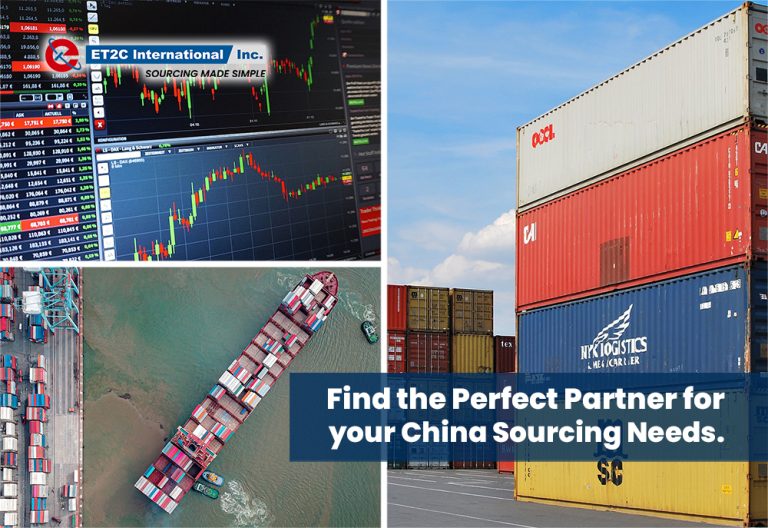Sourcing Trends – What happened last year?
Sourcing Trends 2019. The past year has presented a range of challenges. Traditional ‘bricks and mortar’ retail models have struggled to connect with their customers in a new digital world. On an economic level, there has also been weakness in certain currencies that has impacted the cost of goods Ex-Asia for markets such as Australia. Maybe most pointedly, 2019 has also seen an increase in protectionism coming to the fore.
The headline of this protectionism has clearly been the US/China ‘Trade War’ and the impact this has had on sourcing strategies – and not just for US companies. The escalation in tariffs on Chinese products throughout the year caught many by surprise. Particularly, how quickly they were implemented without any real policy guidance but rather cajoled on by the President’s unpredictability.
At the start of 2020, we have therefore been sitting around our crystal ball to set out our predictions for the sourcing trends over the coming 12 months. What will the consumer want? What will be the impact on the outsource manufacturing sector? Which markets will be most relevant? Any new technologies? Clearly, these are only our insights and thoughts, no one can really predict the future!
Predictions
1. US Tariffs
Although it is fair to say that there has been a slight de-escalation in tensions between the US and China towards the end of 2019, we expect the ‘Phase One’ deal to be more of a place-holder. The main terms of any trade deal, namely IP protection, currency manipulation and market access, have largely been brushed under the carpet at this stage to help both leaders.
Prediction: We therefore expect tariffs to remain in force largely for 2020 on Chinese goods to the US. Probably, they won’t be at the level of the phase 4 tranche that was never implemented back on December 15th. Most likely, they will remain in place until the agreement on the ‘Phase Two’. This will lead to a continued ‘de-risking’ by US companies over the medium term.
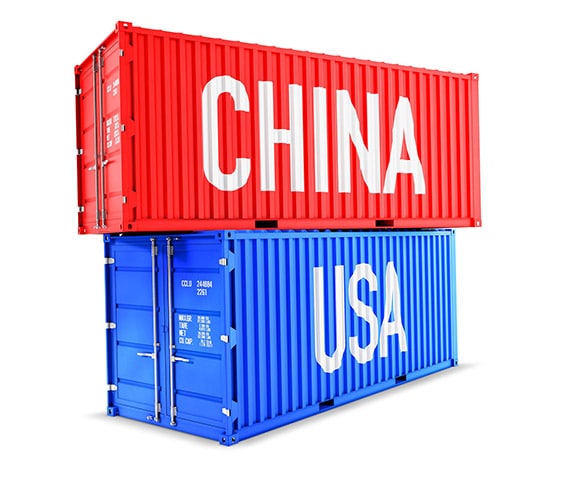
2. US Tariffs (part 2)
Trump has already pointed the finger at other countries when it comes to what he sees as unfair trade practices. India has already retaliated against the US removal of trade privileges under GSP midway through 2019.
Prediction: Expect other Asian countries (possibly Vietnam) to be caught in the US-President’s vow to readdress any unfair trade practices.
3. RMB/USD Exchange Rate.
Given the warming (or perhaps de-frosting) of the US/China relationship, there will likely be a gradual appreciation of the RMB towards the rates earlier in 2019.
Prediction: Expect the RMB weakness, which was used as a tool to counter the impact of US tariffs to be largely rolled back as negotiations continue on a positive track to 6.7 RMB to the Greenback towards Q4 in 2020.
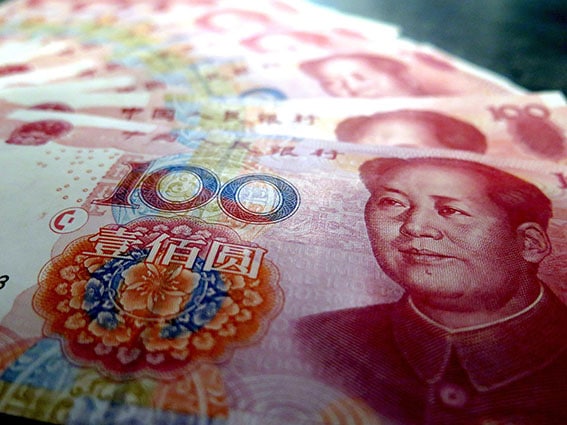
4. Ex-China Sourcing
Although China will continue to be an important market, companies will continue to look outside of China for select ranges or product categories to ensure that they have market diversification. Surely, this will be a key sourcing trend for this year.
Prediction: Other Asian markets to continue to take relative market share from Chinese manufacturers. Scale and capacity to be increasingly important and therefore the main beneficiaries are likely to be India, Vietnam, and Indonesia. Certainly, their markets will be important but on a much more targeted (product/market) basis.
5. Radical Supply Chain Transparency
A key element of a sustainable supply chain and providing the consumer with complete transparency of factories, raw material origins, ethics and even carbon footprint will continue to be sourcing trends that should not be ignored. It is becoming an increasing component of any buying decision.
Prediction: Retailers (particularly in the fashion sector) will provide more visibility, also by using new technologies. For example, they will use Blockchain platforms to provide complete traceability of the product purchased at retail.

6. New Competitors/Capacity Constraints
Companies will need to be more careful about supplier selection as well as ensure all legal protections are in place at the start of any relationship. In fact, the rise of platforms like Amazon, will enable factories to develop their own ranges and compete in your markets.
Prediction: Suppliers competing in sales markets with cheaper substitute products via Amazon and other platforms, effectively cannibalizing capacity and competing for the same consumers. Also, domestic sales markets taking up capacity again.
7. Rise of Innovative Materials
For sure, companies will continue to develop and invest in sustainable and innovative materials as part of the sustainability demand.
Prediction: Part of this innovation will inlcude plastics and packaging for sure. Also, a new type of biodegradable plastic will become more available to the mass market and new packaging solutions to enter the Asian market (for example, for shoe boxes).

8. England to win Euro 2020
Who knows, we won a world cup back in 1966, and it’s about time we win a European Championship!
Summary
International Trade is closely aligned to global growth and the movement of goods across borders. The ‘impending recession’ that economists pointed to back in 2019, with the arrival of the inverted yield curve, has seemingly been avoided and 2020 will hopefully bring greater certainty for retailers and manufacturers alike. Therefore, an air of predictability would be a welcome tonic and help companies manage any sourcing trends in 2020.
At ET2C, we are always looking to the future to ensure that we are providing our clients with the most relevant services and products. Please contact us at contact@et2cint.com.
HAPPY NEW YEAR of the RAT.

